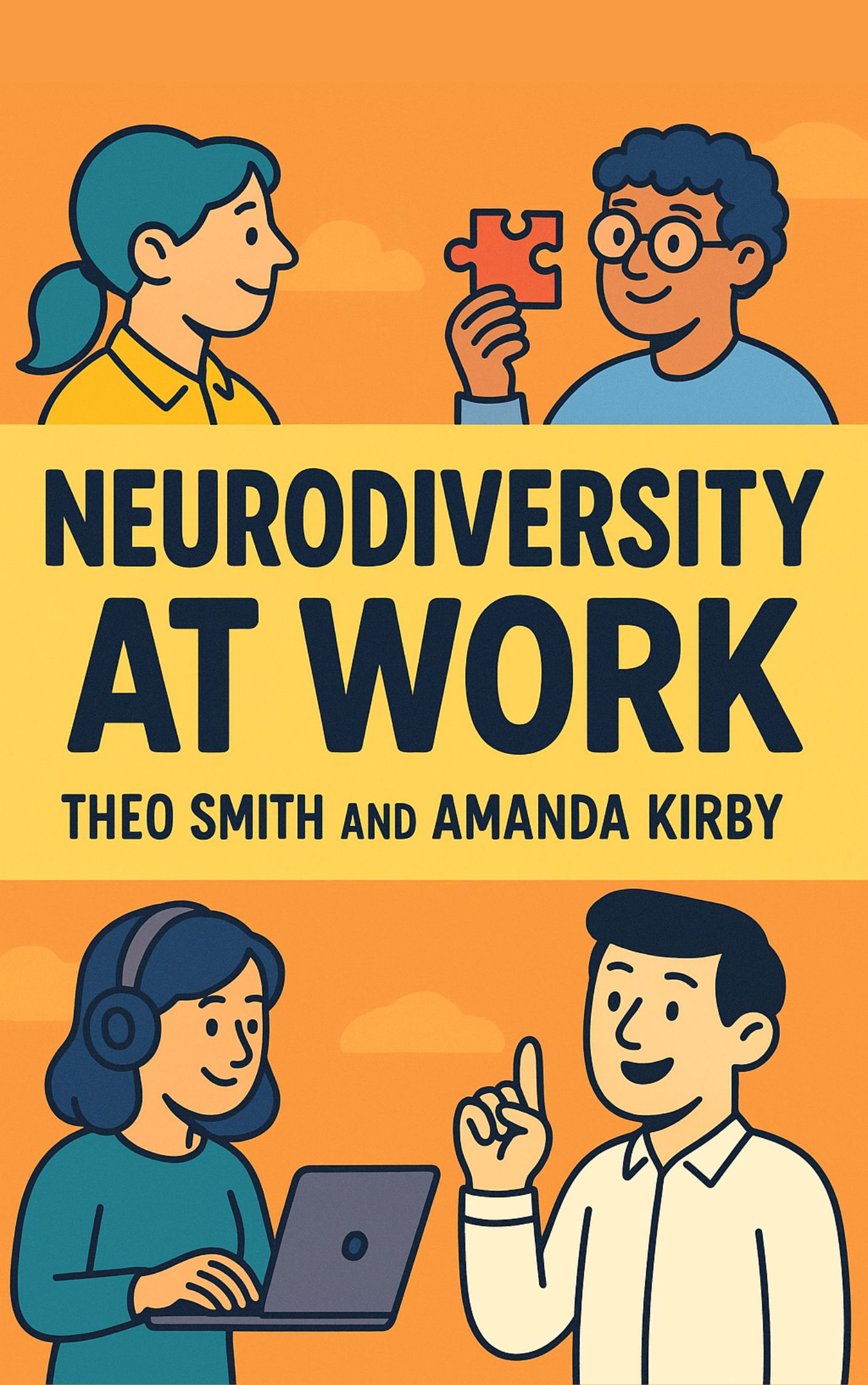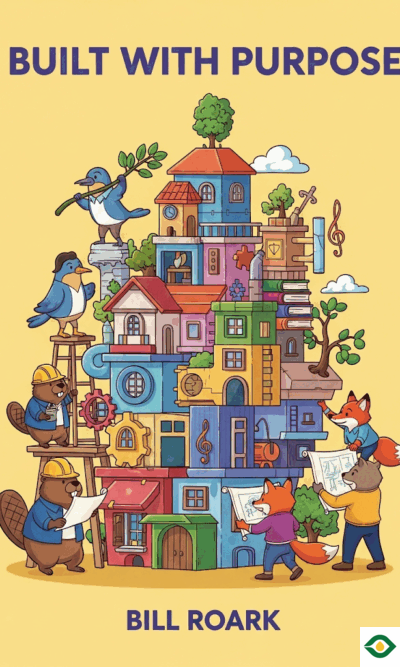Description
Neurodiversity at work is about recognizing that not all brains work the same way, and that this is a strength, not a weakness. Every person thinks, learns, and solves problems differently. Some people have conditions such as autism, ADHD, dyslexia, or dyspraxia, which shape how they interact with the world. Others may simply process information in unique ways. No two brains are alike. Yet most workplaces still follow a one-size-fits-all model, built on routines and expectations that reward only a narrow style of communication and performance.
This creates problems. Many job interviews, for example, are set up like little performances. Candidates are judged within minutes—based on eye contact, handshakes, or the ability to respond quickly to unexpected questions. But these are not reliable signs of talent. Some of the best thinkers, innovators, and problem solvers may not shine in that high-pressure setting. When businesses overlook such candidates, they lose out on diverse perspectives that could make their teams stronger.
A workplace that embraces neurodiversity is not only fairer, but also smarter. Companies need different kinds of thinkers—creative minds who see connections others miss, detail-focused workers who spot errors quickly, big-picture strategists who think outside the box, and logical problem-solvers who bring fresh solutions. Just as a sports team can’t succeed with only goalkeepers, a business can’t thrive if it only hires people who “fit in” with a single mold.
The first step toward building such a workplace is confronting hidden biases. Too often, hiring managers trust their “gut feeling” about a candidate. But intuition can be shaped by unconscious prejudice. People tend to hire those who remind them of themselves. This leads to teams that all think in similar ways. Instead, the focus should shift from asking “Does this person fit in?” to asking “What unique value can this person bring?”
Changing the way jobs are advertised and described is also important. Many job postings are filled with long lists of requirements—degrees, certifications, and soft skills that may not actually be essential. This discourages applicants who could do the job well but don’t meet every single listed qualification. Clear, simple job descriptions that highlight the true essentials open the door to a wider pool of talent. Adding a clear statement that welcomes neurodiverse applicants sends an even stronger message of inclusion.
The second step is rethinking the interview process. Instead of treating it as a test, it should be a collaboration—a chance for both sides to see if there’s a good match. For some candidates, being given questions in advance helps them prepare and answer more clearly. For others, a quieter environment or the option of a video interview may reduce stress and allow them to perform better. These adjustments don’t give anyone an unfair advantage; they simply make the process fairer by removing unnecessary barriers.
Beyond traditional interviews, other methods of evaluation can be more revealing. A portfolio of past work, a practical task, or a short trial period in the workplace can give employers a clearer sense of what someone can really do. These approaches allow people to demonstrate their strengths in ways that go beyond small talk or polished self-presentation.
The third step is creating a supportive environment once someone is hired. This means recognizing that different employees may need different conditions to do their best work. Just as a wheelchair ramp allows physical access, accommodations for neurodiverse employees allow cognitive and emotional access to the workplace. For example, one employee with ADHD may prefer working from home to avoid distractions, while another may need the structure of an office. Some may thrive in open spaces, while others focus better in a quiet room with a door.
The key is to take a person-centered approach. Instead of assuming what will help, ask the employee directly. Begin before their first day by sharing clear information about workplace rules and expectations. Many office cultures rely on unspoken norms—when to respond to emails, how meetings are run, or how birthdays are celebrated. For someone new, these unwritten rules can be stressful. Making them explicit helps everyone.
Once expectations are laid out, the conversation should continue. An open discussion about potential challenges and adjustments shows that the organization values the employee’s contribution and is willing to adapt. For example, if someone struggles with email overload, weekly check-ins might be more effective. If noise is overwhelming, providing noise-canceling headphones or a quieter workspace could make a big difference.
When companies embrace this approach, the benefits go far beyond supporting neurodiverse employees. A culture of clarity, fairness, and flexibility makes life better for everyone. Teams become stronger, communication improves, and trust grows. Inclusion encourages creativity, because people feel safe to share unconventional ideas without fear of judgment.
It’s also worth remembering that many highly successful entrepreneurs and innovators have described themselves as thinking differently from others. Seeing the world in an unusual way often leads to breakthroughs that others miss. By making space for neurodiversity, organizations open the door to new possibilities and innovation.
A final, practical step for companies is to create or support neurodiversity networks. These are groups within an organization where employees can share experiences, provide mutual support, and push for more inclusive policies. Such networks give neurodiverse employees a voice and help managers learn best practices. They also show that inclusion is not just an idea written in policy documents, but a living part of the workplace culture.
The message is clear: inclusion is not charity, and it is not about lowering standards. It is about recognizing talent in all its forms and giving people the chance to succeed on their own terms. By removing unnecessary barriers, companies gain access to a wider pool of skill and creativity. Everyone benefits—the employee, the team, and the business as a whole.
Workplaces are evolving, and the future belongs to those that embrace difference instead of fearing it. When organizations commit to building environments where all kinds of minds can thrive, they not only become fairer, but also more resilient, innovative, and successful.
In short, a neurodiverse workplace is not a special program or a passing trend. It is a smarter way of doing business—one that values the full spectrum of human potential.





